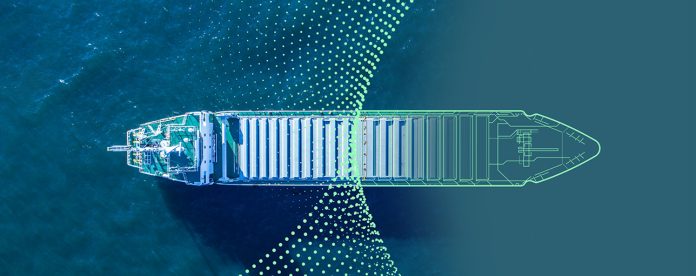DNV has launched Emissions Connect, an emissions data verification engine and data management platform, to help the maritime industry accurately assess and work with emissions data.
The solution provides a trusted, verified source of emissions data that can be shared securely with all relevant stakeholders along the maritime value chain.
“Reducing emissions and reporting on progress is becoming increasingly important for the maritime industry and is set to have an impact on business that goes beyond regulatory compliance,” said Knut Ørbeck-Nilssen, CEO of DNV Maritime, who added, “Through providing real-time verified emissions data that the entire maritime value chain can share, trust and act on, Emissions Connect can serve as an important enabler to help the industry achieve its decarbonization goal.”
According to DNV, the new tool is designed to support with the operational impact of multiple regulatory requirements and decarbonisation trajectories and specifically addresses the needs emerging from the introduction of the EU Emissions Trading System (ETS) and the Carbon Intensity Indicator (CII) to the maritime industry.
“Reliable, verified data is necessary at every stage of the value chain for operational control and accurate accounting of emissions in order to facilitate commercial agreements,” explains Pål Lande, Digital Business Development Director at DNV Maritime.
He went on to note that “Annual aggregated data reports will no longer be sufficient to manage and control ETS allowance and CII performance. Transparency on a trusted and verified voyage statement based on daily real-time reporting of data will be an essential basis of commercial contracts.”
DNV has created Emissions Connect, enabling all stakeholders to have a common source of verified emissions data. Built on the Veracity Data Workbench that supports customers with an emissions data management solution, Emissions Connect offers a digitally verified emissions data baseline.
Furthermore, it provides verified voyage statements that can be used as a trusted basis for emissions accounting and to facilitate ETS allowance settlements. The tool’s emissions performance simulation allows for projections of a vessel’s future CII score and for planning of EU ETS allowances, facilitating informed decision-making, according to DNV.







